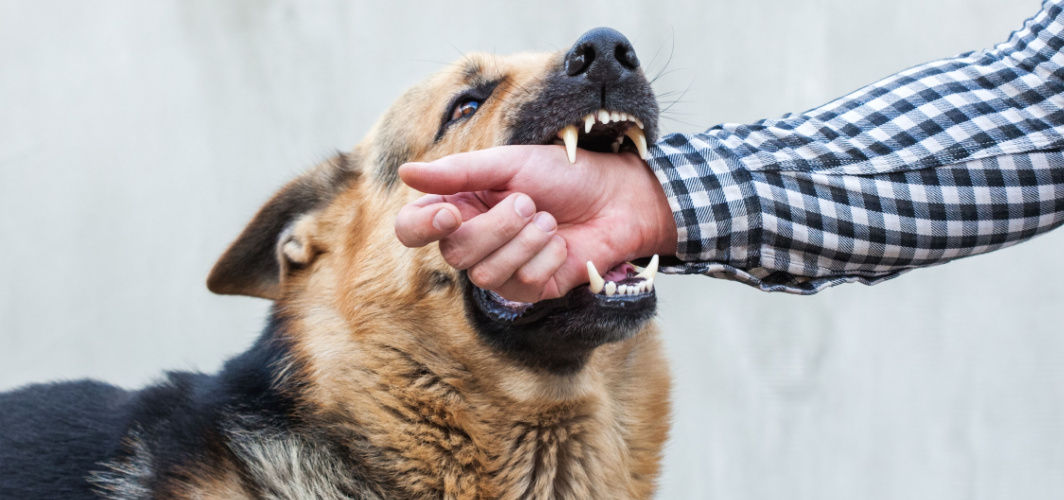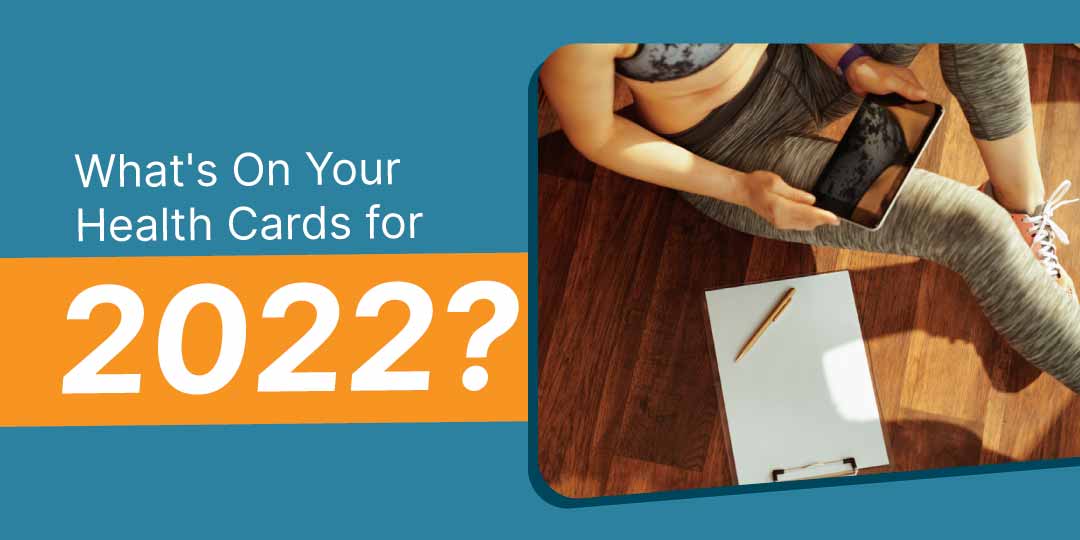General Health
First Aid For Dog Bite: Kit, Home Care, And Prevention
9 min read
By Apollo 24|7, Published on - 19 July 2023, Updated on - 07 August 2024
Share this article
0
0 like

Dog bites can be a cause for concern but not every bite requires immediate medical attention. However, knowing how to provide immediate first aid is crucial in minimizing the risk of infection and ensuring proper wound healing, especially if you’ve been bitten by an unvaccinated dog. In this blog, we will discuss the essential components of a dog bite first aid kit, home care tips, and preventive measures to promote a safe environment for both humans and dogs.
Types of Dog Bites
Assessing the severity of a dog bite is crucial for effective treatment. The Dunbar Dog Bite Scale provides a useful framework with six levels to determine the seriousness of a bite and ensure the most effective treatment.
Level 1: The dog displays aggressive behaviour but doesn't make contact with the skin.
Level 2: The dog makes contact with the skin but doesn't puncture it.
Level 3: One to four punctures from a single bite; but no deeper than half the length of the dog’s canine.
Level 4: One to four punctures deeper than half the length of the dog’s tooth.
Level 5: Multiple bites with at least two Level-4 bites or multiple-attack incidents with at least one Level-4 bite in each.
Level 6: Victim killed in an attack.
First Aid for Dog Bite
To avoid the development of infections after you are bitten by a dog, it is crucial to assess and treat it properly. In severe cases, such as when there is a risk of rabies, immediate medical intervention, known as Post-exposure Rabies Prophylaxis (PEP), becomes necessary. However, it is essential for everyone to have a basic understanding of how to provide first aid in such unexpected situations.
I. Dog Bite First Aid Kit
To effectively address a dog bite, it's crucial to have a well-stocked first aid kit. Your canine bite management kit should include:
- Disposable gloves: Protect yourself from potential infections.
- Clean towels or sterile gauze pads: Apply pressure to stop bleeding.
- Antiseptic solution: Cleanse the wound thoroughly.
- Adhesive bandages or medical tape: Secure dressings in place.
- Sterile saline solution: Irrigate the wound to flush out debris.
- Antibiotic ointment: Apply to the wound to prevent infection.
- Hydrocortisone cream: Reduce itching and inflammation.
- Disposable plastic bags: Safely dispose of any contaminated materials.
II. Steps To Provide First Aid For Dog Bites
Here are some crucial steps to follow while providing first aid for dog bites:
1. Disposable Gloves
Wear disposable gloves to prevent the transmission of bacteria from the dog's mouth to the wound and reduce the risk of contamination.
2. Control Bleeding
If the dog bite causes bleeding, apply gentle pressure using a clean cloth or gauze pad to stop the bleeding. Rinse the wound with clean water or a sterile saline solution to remove dirt, debris, and bacteria. Avoid using hydrogen peroxide or alcohol as they may delay wound healing.
3. Apply Antibiotic Ointment
After cleaning the wound, apply an over-the-counter antibiotic ointment. Use an antiseptic solution, such as diluted povidone-iodine, to cleanse the wound and reduce the risk of infection. Consult a healthcare professional if the wound appears deep, shows signs of infection, or if you have concerns about tetanus.
4. Keep the Wound Covered
Keep the dog bite wound covered with a sterile bandage or gauze pad to protect it from dirt, bacteria, and further injury. Change the dressing regularly or if it becomes soiled. Secure it in place with adhesive bandages or medical tape.
5. Monitor for Signs of Infection
Watch for signs of infection, such as increased pain, redness, swelling, warmth, or drainage from the wound. If these symptoms develop, seek medical attention promptly.
6. Pain Management
Over-the-counter pain relievers like acetaminophen or ibuprofen can help manage pain and reduce inflammation. Follow the recommended dosage and consult a healthcare professional if needed.
Why do you Need First Aid After a Dog Bite?
First aid is crucial after a dog bite to minimize the risk of infection and promote healing. Dog bites can introduce harmful bacteria into the wound, which can lead to infections such as cellulitis, abscesses, or even life-threatening conditions like rabies & sepsis. Prompt and appropriate first aid can help prevent complications and ensure a faster recovery.
What is Rabies?
One of the primary concerns associated with dog bites is the potential transmission of rabies. Rabies is a viral disease that affects the central nervous system and is most commonly transmitted through the saliva of infected animals, including dogs. It is important to be aware of the signs of rabies, as early recognition is crucial for seeking appropriate medical attention.
Signs of Rabies
- Aggression or unexplained irritability
- Excessive salivation or foaming at the mouth
- Disorientation or confusion
- Muscle weakness or paralysis
- Seizures or convulsions
- Changes in appetite or drinking habits
The Rabies Vaccine
The rabies vaccine is an effective preventive measure against rabies. It is administered to individuals who have been bitten by a potentially infected animal, including dogs. This vaccine can also be taken by individuals as a precautionary measure. The vaccine helps stimulate the immune system to produce antibodies against the rabies virus, providing protection against the disease.
It's important to seek medical attention promptly after a dog bite, as healthcare professionals will assess the risk of rabies transmission based on various factors such as the dog's behaviour, vaccination status, and local rabies prevalence. They will determine if the rabies vaccine is necessary based on the specific circumstances of the incident.
When to Consult a Doctor?
Immediate medical attention is necessary if a dog bite occurs from an unfamiliar dog or if the bite affects sensitive areas like the face, head, neck, hands, fingers, or feet. These types of bites pose a higher risk of bacterial transmission and potential infection.
Other symptoms that need a doctor’s attention:
- Broken skin with bleeding that continues for more than a few minutes
- The bite is very deep and bleeding heavily
- There are several bites
- The wound exposes bone or muscle
- There is distinct redness and swelling around the bite
- Pus is oozing out from the wound
- The wound needs stitches
- The patient hasn’t had a tetanus shot in five years
Medical Treatment for Dog Bite
Dog bites require timely medical intervention to prevent potential complications. Tetanus and rabies vaccination are two important medical interventions, which help safeguard against tetanus bacteria and the rabies virus after a dog bite.
1. Tetanus injection
Dog bites can cause the tetanus bacteria to infiltrate the body. A tetanus shot is given in case one has not had one in five years to reduce the risk of tetanus.
2. Rabies injection
Rabies virus affects the nervous system. An infected animal can transmit the rabies virus with the saliva or neural tissue through a bite or scratch.
The treatment involves the administration of Rabies Immune Globulin (HRIG), an antibody that neutralizes the virus, and the Rabies vaccine (antigen). HRIG is injected around the wound, while the rabies vaccine is given in the arm.
The Rabies Immune Globulin (HRIG) vaccine is immediately administered to thoroughly infiltrate in and around the wound to neutralise the virus from attacking the nervous system. This antibody is injected as a preventive measure in the intervening period before the body starts producing the vaccine-induced antibodies.
The vaccination schedule typically spans two weeks, with five shots administered on specific days:
- Day 0 (First day of the bite)
- Day 03
- Day 07
- Day 014
- Day 021/028
Dog Bite Prevention
Dog bites can occur unexpectedly, whether from a familiar family pet or a stray dog in the neighbourhood. All dog breeds have the potential to nip or bite, so it's essential to take the right precautions and avoid provoking aggressive behaviour.
Dog bites by and large are easily preventable if one keeps certain precautions in mind. Young children are more vulnerable to dog bites. The personal history and behaviour of the dog, rather than its size or breed, determine the reason for it to bite a human.
Dogs may bite if they are unwell, injured, or frightened. Even during playful moments, an over-excited dog can accidentally bite with force.
Here are some basic dog bite prevention measures to keep in mind:
- Don’t pet even a friend’s dog, till it becomes familiar with you and allows you to touch it.
- Stay away from stray dogs. Don’t run, just be perfectly still if it approaches you.
- Stay away from a dog which is behaving strangely or getting aggressive; it could be rabid.
- Do not leave kids/babies alone with even the family dog.
- Teach children not to tease or hit a dog.
- Teach children not to approach stray dogs in the locality.
- Teach kids not to go near the dog when it is eating, or take its bowl away.
Takeaway
It’s imperative to keep in mind that all dog breeds have the potential to bite. As children are most vulnerable to severe dog bites it’s important to educate them about dog behaviour. No child/infant should be left alone with a dog. Quick medical intervention can save one from developing fatal infections like tetanus and rabies. If you have experienced a dog bite or need more information, consult an expert.
Consult Apollo’s Infectious Disease Specialists
FAQs
Q. How should I clean a dog bite wound?
Clean the dog bite wound by gently washing it with mild soap and warm water. Avoid scrubbing the wound to prevent further tissue damage.
Q. Do I need to apply an antiseptic after cleaning the dog bite wound?
Yes, it's recommended to apply an antiseptic solution, such as diluted povidone-iodine or chlorhexidine, to cleanse the wound and reduce the risk of infection.
Q. Should I seek medical attention for all dog bites?
It is advisable to seek medical attention for dog bites that are deep, heavily bleeding, or show signs of infection. Additionally, if you're unsure of the dog's vaccination status, medical attention is recommended.
Q. How long does it take for a dog bite wound to heal?
The healing time for a dog bite wound depends on various factors, such as the depth of the wound and individual healing abilities. Superficial wounds may heal within a week, while deeper wounds may take several weeks to heal completely.
Q. How can I prevent a dog bite wound from getting infected at home?
To prevent infection, clean the wound thoroughly, apply an antiseptic solution, keep the wound covered with a sterile dressing, and monitor for any signs of infection, such as increased redness, swelling, or discharge.
Medically reviewed by Dr Sonia Bhatt.
General Health
Consult Top Infectious Disease specialists
View AllLeave Comment
Recommended for you

General Health
How Does Chemotherapy Work?
The rapidly dividing cancerous cells outnumber healthy ones at a devastating rate. Chemotherapy is one such treatment modality that stops this lethal multiplication, besides radiation and surgery. Read along to know the role of chemotherapy in cancer treatment.

General Health
Health Calendar 2022
Here's a sneak-peak of how your health looks like in 2022. Keep following this space for tips on how to stay healthy and safe.

General Health
Importance of Early Diagnosis in Healthcare
Discover why early diagnosis in healthcare is vital. Learn about its impact on treatment outcomes and patient well-being.
Subscribe
Sign up for our free Health Library Daily Newsletter
Get doctor-approved health tips, news, and more.
Visual Stories

Science-backed Home Remedies for Burns and Blisters
Tap to continue exploring
Recommended for you

General Health
How Does Chemotherapy Work?
The rapidly dividing cancerous cells outnumber healthy ones at a devastating rate. Chemotherapy is one such treatment modality that stops this lethal multiplication, besides radiation and surgery. Read along to know the role of chemotherapy in cancer treatment.

General Health
Health Calendar 2022
Here's a sneak-peak of how your health looks like in 2022. Keep following this space for tips on how to stay healthy and safe.

General Health
Importance of Early Diagnosis in Healthcare
Discover why early diagnosis in healthcare is vital. Learn about its impact on treatment outcomes and patient well-being.



